32 Japanese Curtain Design Ideas in Photos Japanese curtains are thick cloth curtain panels. They are perfect as dividers because they fall within the category of sliding models. The way it works is similar to how blinds operate. The guides on the cornice help the canvases move from right to left using a similar principle.
The upper portion of the curtains is fixed to custom slats, while the lower portion is weighted with weights or a rod to ensure optimal operation of the system. A chain, shoelace, or remote control can be used to operate the device.
Because they visually mimic slide show panels, these curtains are occasionally referred to as screen curtains. This characteristic makes curtains a constant center of attention. The image demonstrates how the goods differ from typical curtains. The canvases look fantastic in other design contexts and go wonderfully with the tendencies of the Japanese interior.
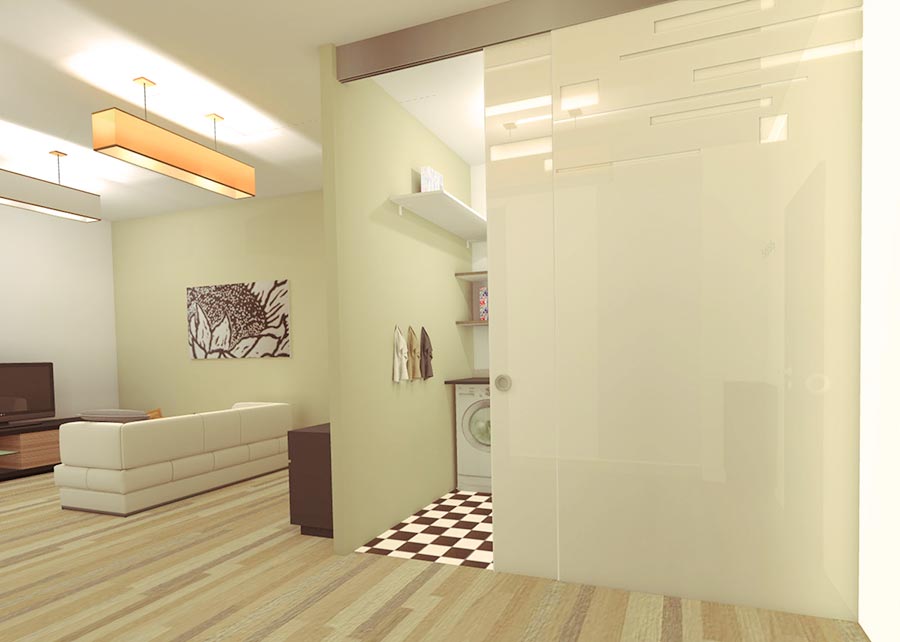
Panel curtains in the interior: advantages and disadvantages
- Designers have taken notice of minimalistic canvases because of their superior performance traits. Here are a few examples:
- Sunlight is perfectly blocked by canvas. Even translucent curtains have the excellent ability to maintain a comfortable level of semi-darkness in the space.
- Japanese curtain installation is simple enough for the average person to undertake. For such canvases rather than curtains, it is considerably simpler to install a cornice.
- Canvases work well with all types of interior design. Japanese panel curtains look great in both a gritty loft and a lovely Provence setting.
- Curtains don’t need complicated upkeep. It is sufficient to regularly dust them off.
- The canvases are simple to take down if needed. You can relocate the curtains without spending a lot of money by making thoughtful modifications.
- Curtains work well as a divider. Not just windows can be ornamented with Japanese panels. As screens, they are perfect.
One drawback of the panels is that there aren’t many configuration options. The curtains are identical in every way by design. Only the furnishings, designs, and materials vary. The versatility of curtains, however, entirely offsets this drawback.
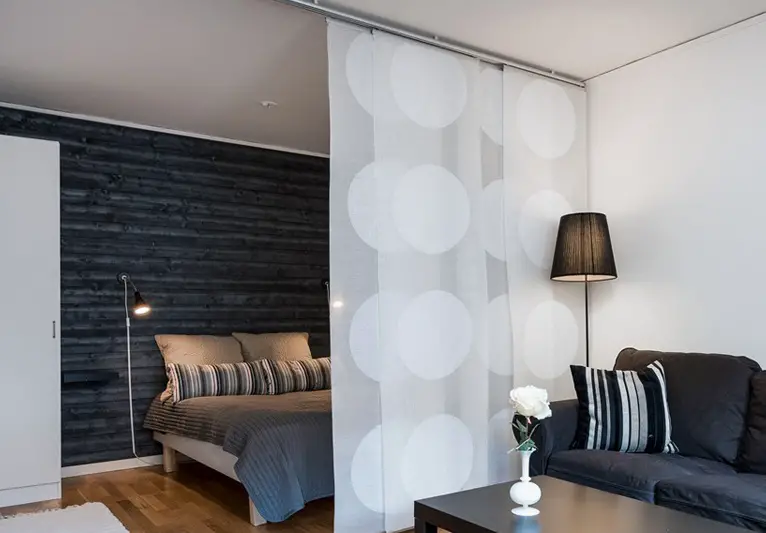
What are Japanese sliding curtains made of top materials?
Any dense material that maintains its shape effectively can be used to create Japanese curtains for zoning. Think about the characteristics of popular fabric kinds like bamboo and plastic.
Bamboo
Bamboo Japanese drapes make the perfect internal separation for zoning. Such canvases are especially valuable for oriental designs and eco-style interiors because of their neutral colors, increased material density, and natural patterns. And in keeping with the Feng Shui philosophy, bamboo partitions are a fantastic choice. They prevent dust accumulation, encourage air circulation, and hold onto negative energy.
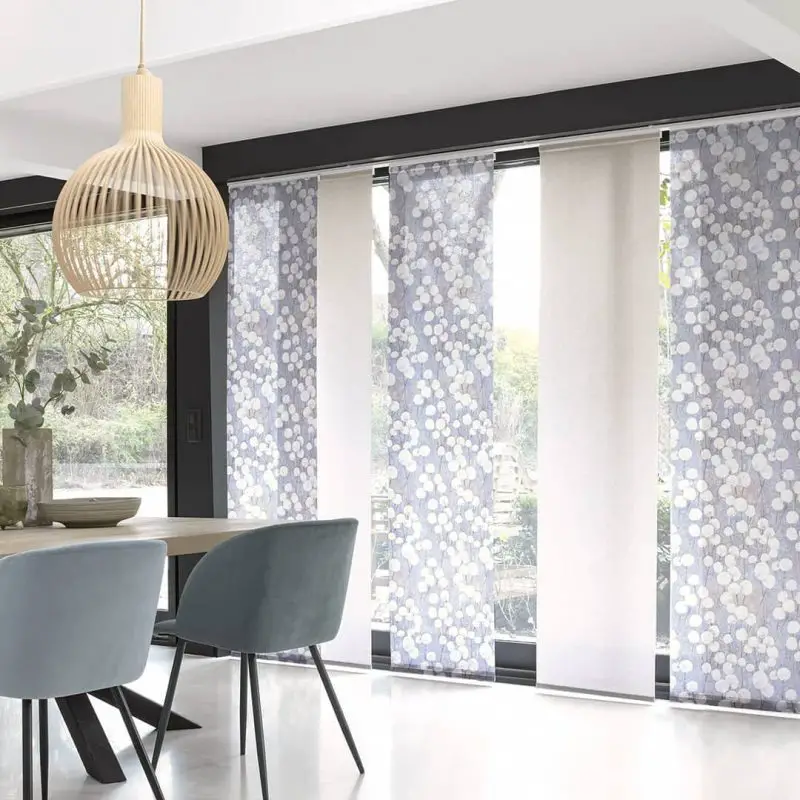
Flax
Natural materials that are hard and practical make excellent zoning canvases. They blend flawlessly with ceramics, wood, and stone in the interior. Additionally, flax is a good air-permeable material, so the screen won’t interfere with preserving the ideal microclimate in the space.
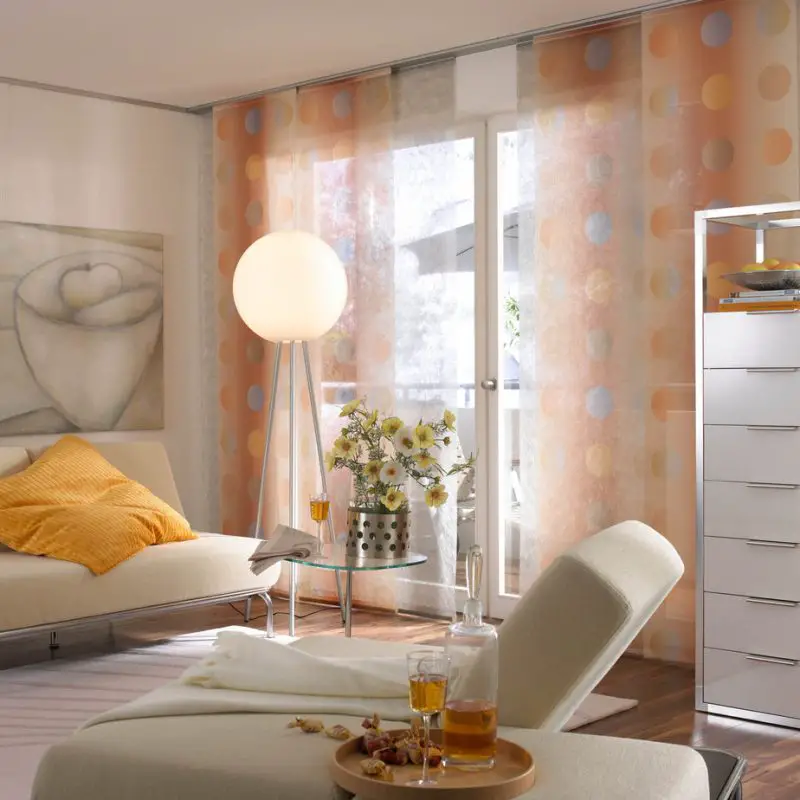
Plastic
Plastic In minimalist settings, Japanese curtains make a fantastic screen. These types are frequently made with perforations, allowing the room’s air to flow freely despite the screen. Plastic has a place in the interior even though it is scarcely an environmentally friendly material. However, it is preferable to forgo using such barriers to divide the children’s room and opt instead for drapes produced from natural raw materials.
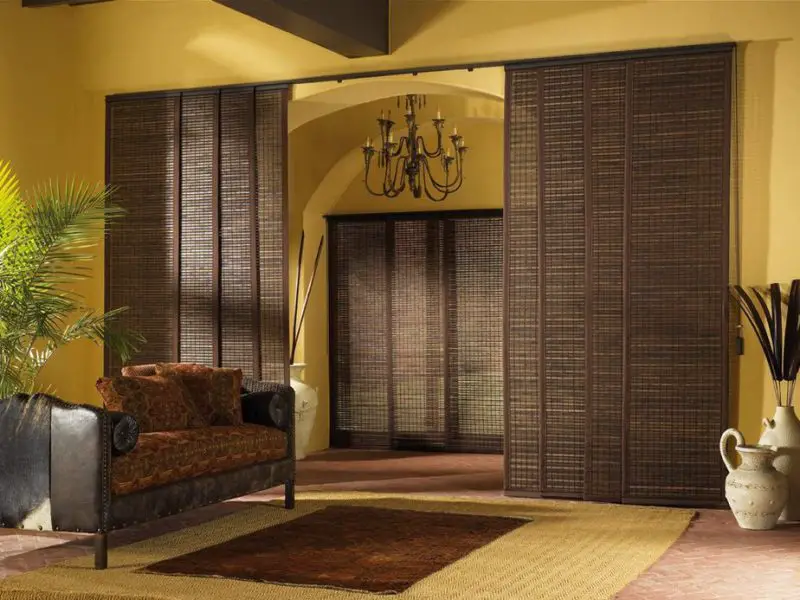
Silk
Finely crafted canvases will look stunning in traditional decor. These walls will serve as an inventive accent in the living room and bedroom. Japanese floor-length drapes have a particularly stunning appearance. In large rooms, it is preferable to fence off some regions. Luxurious silk screens won’t appear as appealing in small spaces.
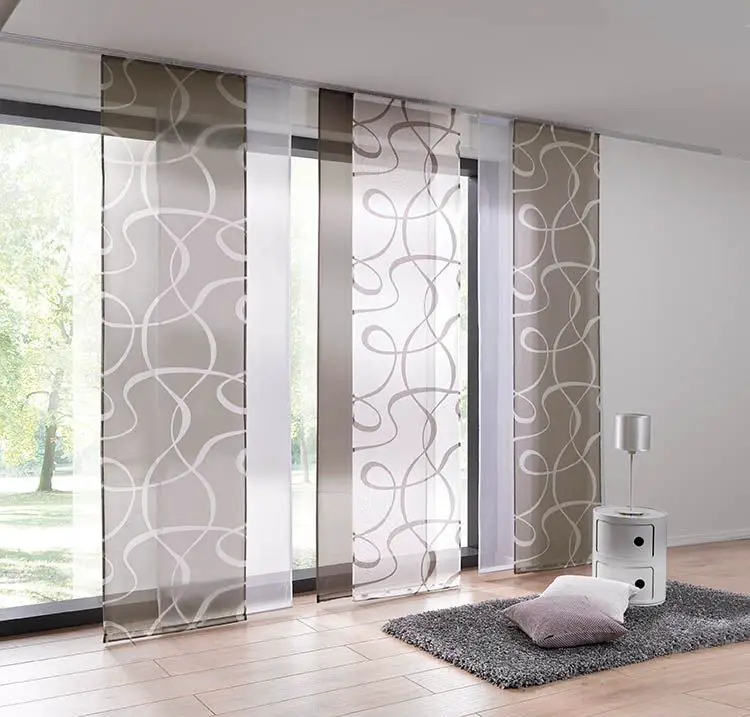
Satin
One of the best materials for making dividers in the Japanese style is satin. Romantic interiors in the country, shabby chic, or Provence design styles will be complemented by lightweight, airy fabric with an unusual texture. You can select canvases with flower motifs or floral embellishments to highlight the color of the design.
Rice paper
To create oriental-style screens, rice paper is frequently used. Air and light will be able to penetrate through translucent dense walls with ease. But only minimalist interiors should use this choice. Rice paper curtains will appear overly simple in opulent classics and ostentatious Art Deco.
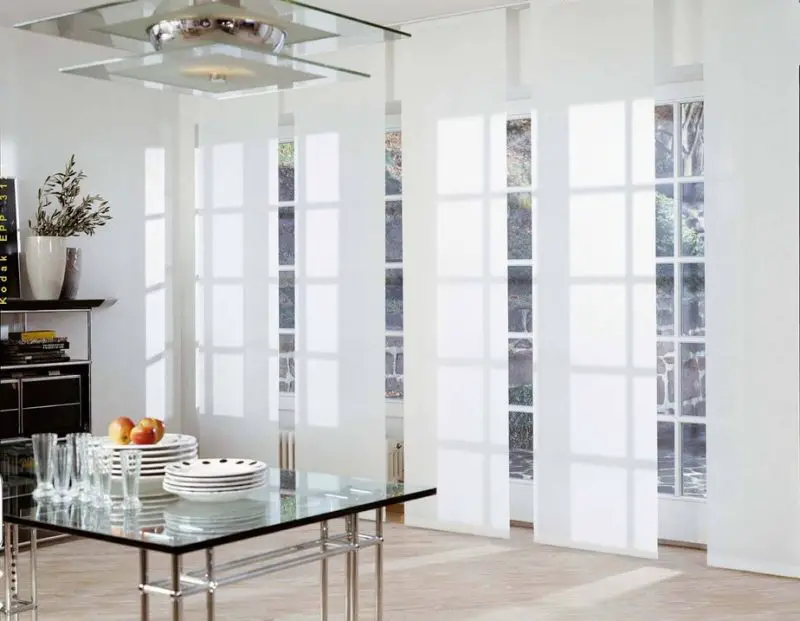
Fabric blackout
Blackout fabric canvases have an intriguing quality: from the outside, they resemble regular curtains while offering the best possible protection from light rays. The rooms on the south side of the home will fit these partitions flawlessly. These companies make it simple to design a comfortable area of the room that is reliably shielded from invasive sunlight.
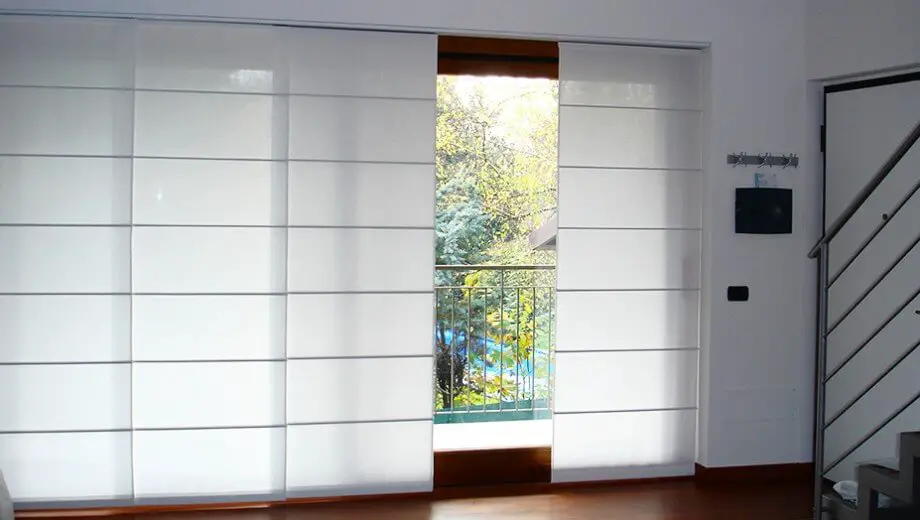
Sizes of Japanese roller blinds
The canvases range in width from 60 to 100 cm. The size, though, might be more remarkable. Wide curtains are typically employed as window gallery frames or screens-partitions.
Japanese canvases come in two different lengths. The drapes for the windowsill come first. These types work well for windows in small spaces and in spaces where long curtains are just superfluous. For a balcony, kitchen, or workplace, as examples. Rarely are such goods utilized for zoning.
The length of the floor is the second choice. In large rooms, these drapes are frequently utilized as partitions. Similar models will look fantastic in a living room or bedroom.
Color scheme and design of curtain panels
Japanese curtains come in a wide range of colors, from natural to vibrant, juicy tones. universal window treatments that work in any room:
- Beige.
- Milky white.
- Light green.
- Gray.
- Black.
A mixture of screens composed of multiple-colored canvases is a stunning approach. Black and white, blue and turquoise, light pink and fuchsia, and beige and brown look nice together. Any tones that are in tune with one another can be combined without risk. Find the right shades by using the Itten circle.
The Japanese style is quite popular and frequently uses ornamented curtain panels. Any print that captures the atmosphere of the room will do. The oriental theme will be complemented by screens with hieroglyphs, and pictures of dragons, birds, and cherry blossoms. Partitions with floral decorations will look amazing in romantic settings. For minimalist interiors, choose models or products in monochrome with abstract illustrations.
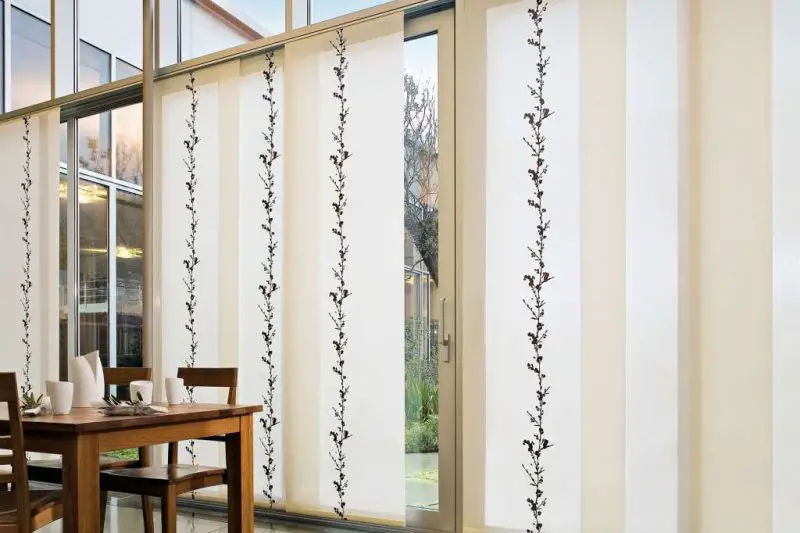
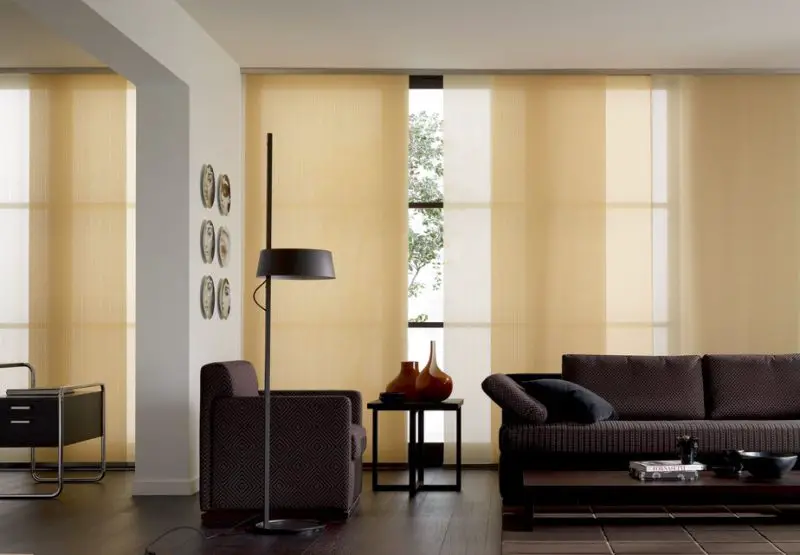
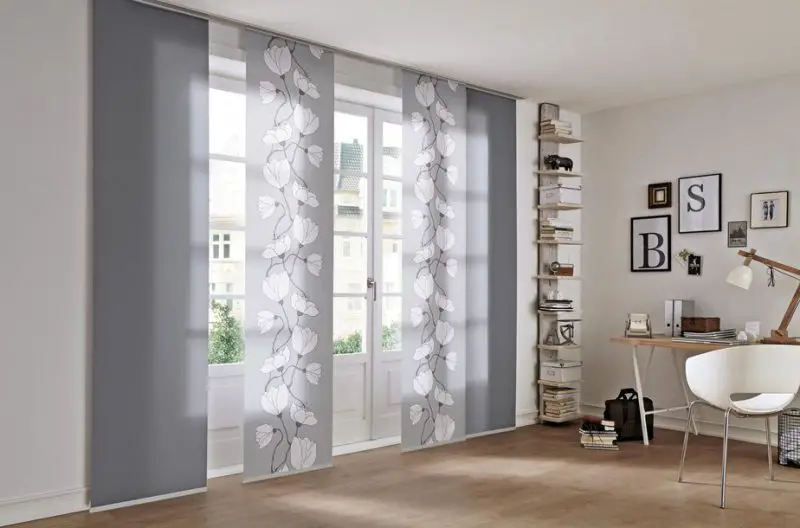
How to fasten Japanese partition curtains
A cornice consisting of slats with guides can be seen on Japanese canvases. Fasteners are most typically used to construct window frames. When it comes to divisions, everything is a little more difficult.
Cornices, for instance, cannot be installed directly on a stretch ceiling. In this case, an auxiliary structure consisting of a metal profile must be first installed. The bar is already fastened to it with screws.
If you need to fix the curtain rod for Japanese curtains on a conventional ceiling, you should first install a particular profile. Most often, it takes the form of a bar whose width is equal to the surface.
You need also to first install a particular profile if you need to fix the curtain rod for Japanese curtains on a conventional ceiling. Most frequently, it is a bar with a width equal to the surface.
Everything is straightforward with the partition’s placement in the interior apertures. The cornice can be fastened to the top of the door frame. It would be ideal if the passage’s edging were made of wood. The structure can be mounted to this material more easily.
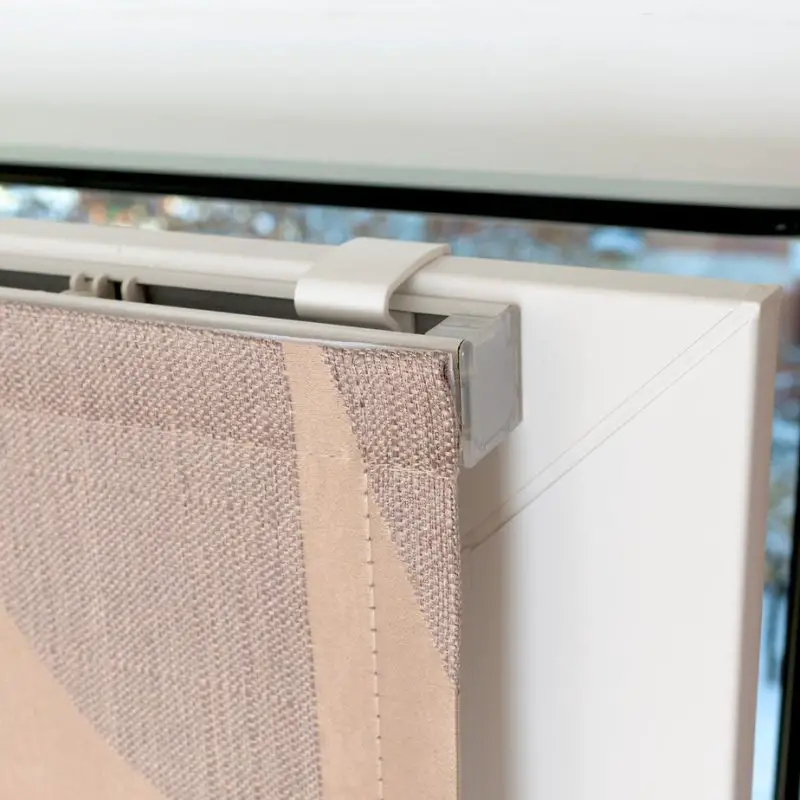
Japanese curtains for zoning in different rooms
Now let’s look at some concrete examples. Let’s talk about the areas that can be divided up with Japanese-style canvases. The image provides some intriguing design inspiration.
Bedroom
If you want to divide the bed from the boudoir or dressing room in the bedroom, Japanese curtains are frequently utilized. The space may always be made available by moving fabric screens. Therefore, if you were to give up solid partitions, panels are seen as the best alternative.
It is preferable to select models with soft, discrete colors for the bedroom. Curtain designs that feature flowery and floral drawings, gilded patterns, and prints with landscapes are ideal. Products with a natural hue and texture are also good. made of satin or linen, for instance.
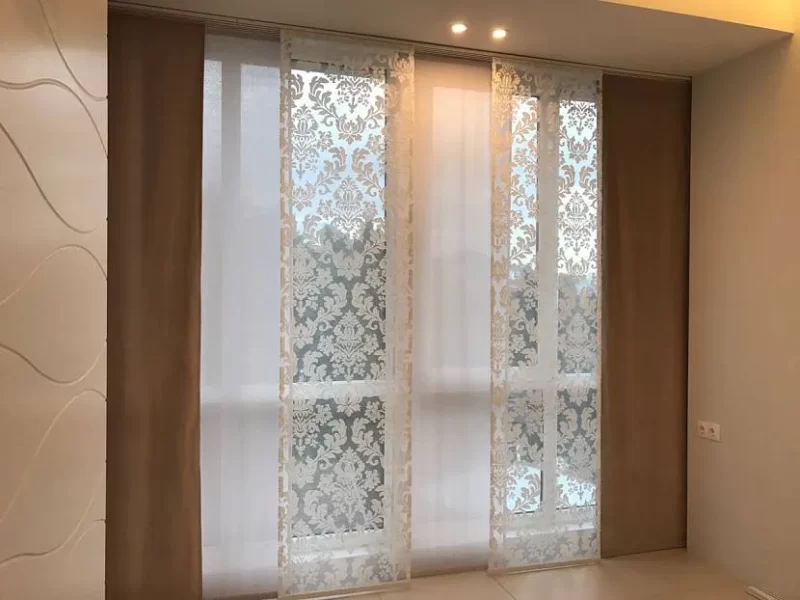
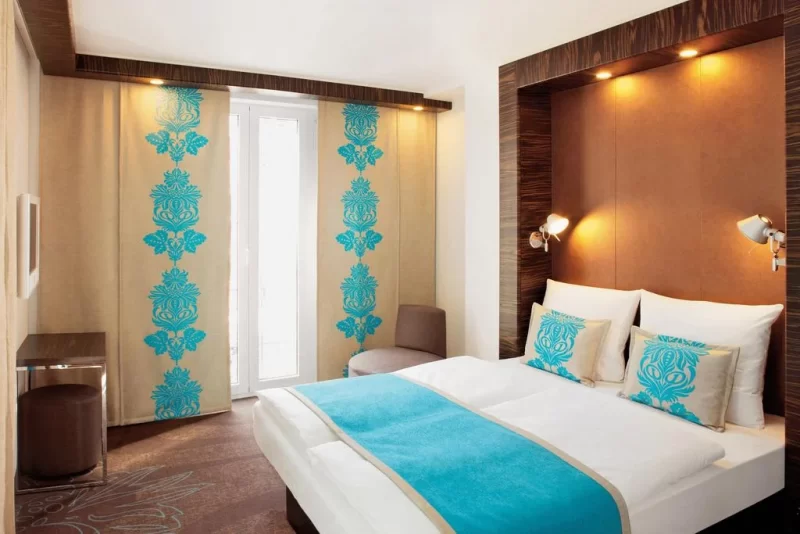
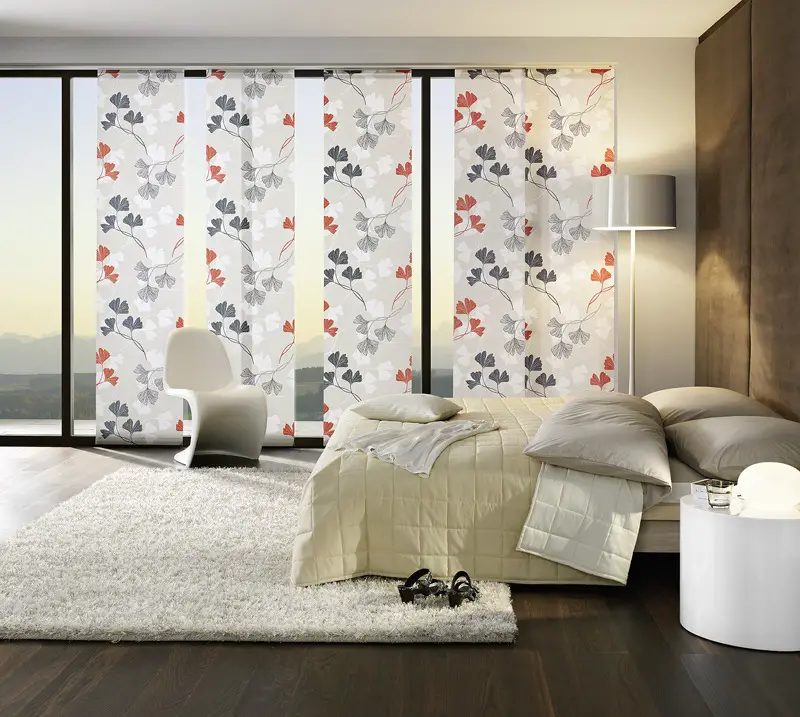
Zones are most frequently created in the living area. Partitions, for instance, can be utilized to divide a rest space. The screen doesn’t need to be pulled across the room.
It is sufficient to create a small enclosure around the sofa or chairs. If there is an eating space in the living room, this suggestion is applicable. It will be easy to give the impression that two different rooms exist with the aid of a Japanese partition.
The interior decor should be taken into consideration when choosing the canvas design. The living room can have any patterns or color combinations. Purchase a partition with a similar pattern if the room’s windows are decorated in Japanese style.
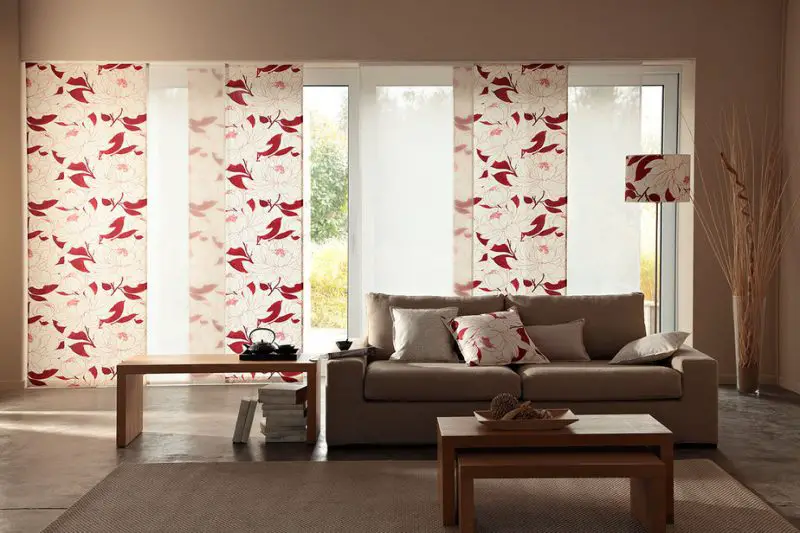
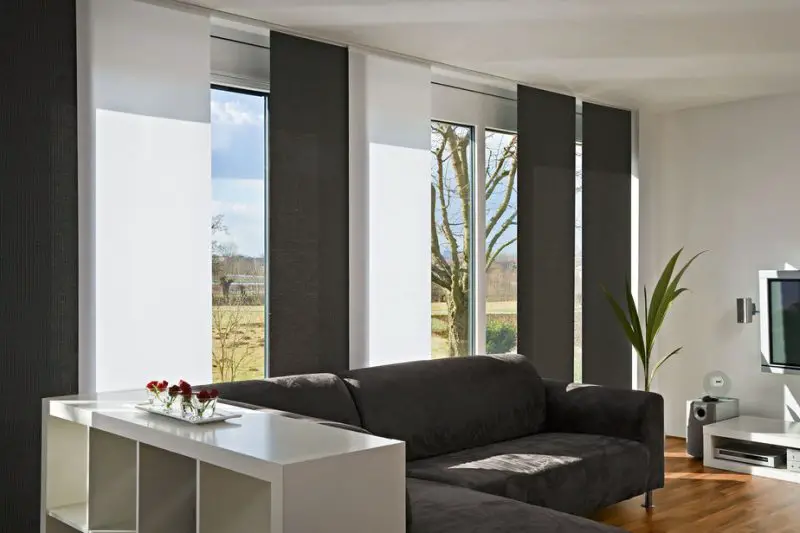
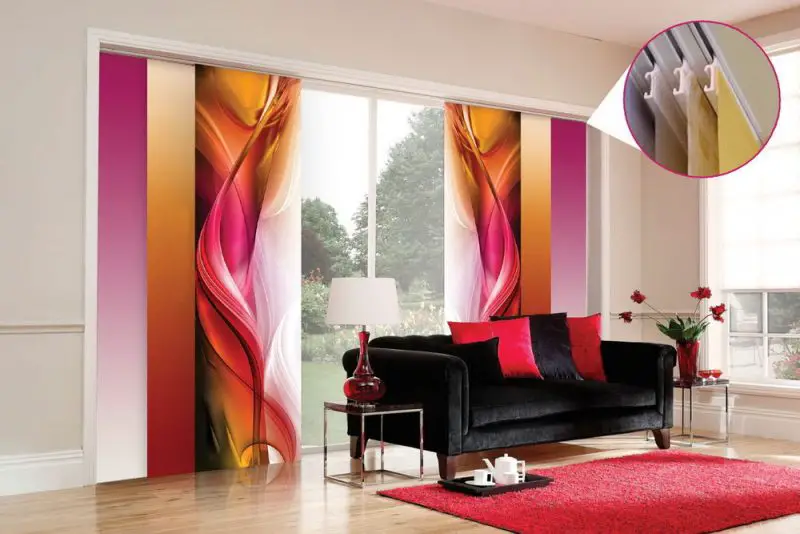
Kitchen
Japanese interior curtains will be useful if you need to divide the dining area from the workspace. Typically, screens are created in large spaces. But since thin canvases occupy so little room, they are also appropriate for tiny kitchens. Screens around the dining table or a long wall in the center of the room are two zoning choices.
For the kitchen, monochromatic canvases in pale tones are appropriate. Themed prints on curtains are available, including pictures of fruits and vegetables, herbs, and spice jars.
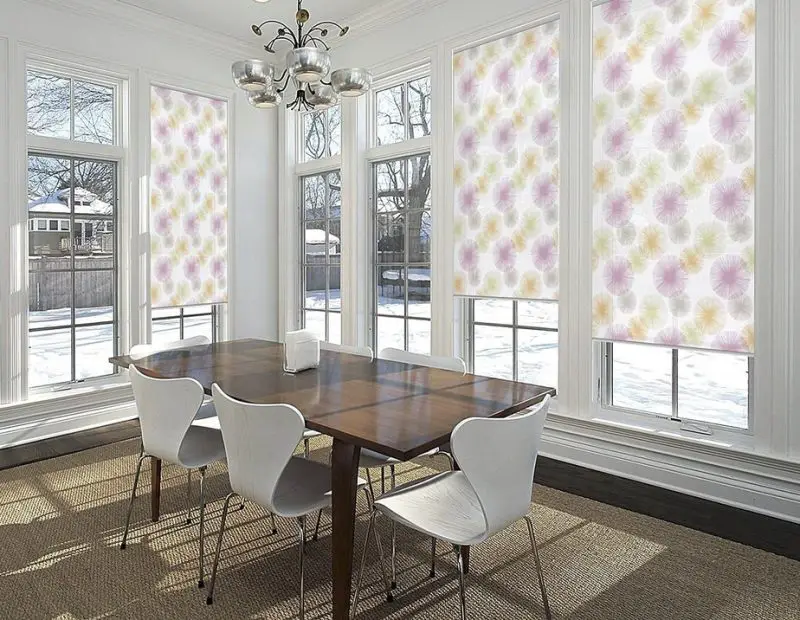
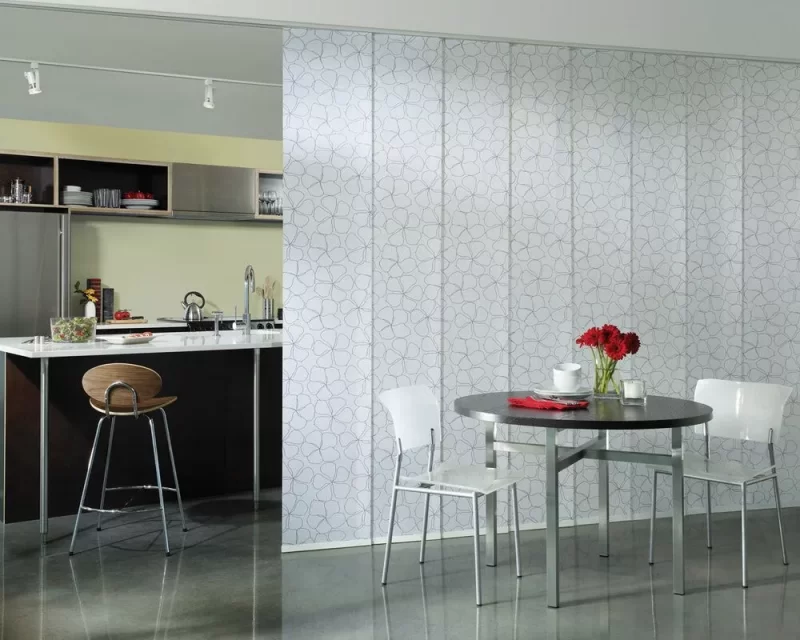
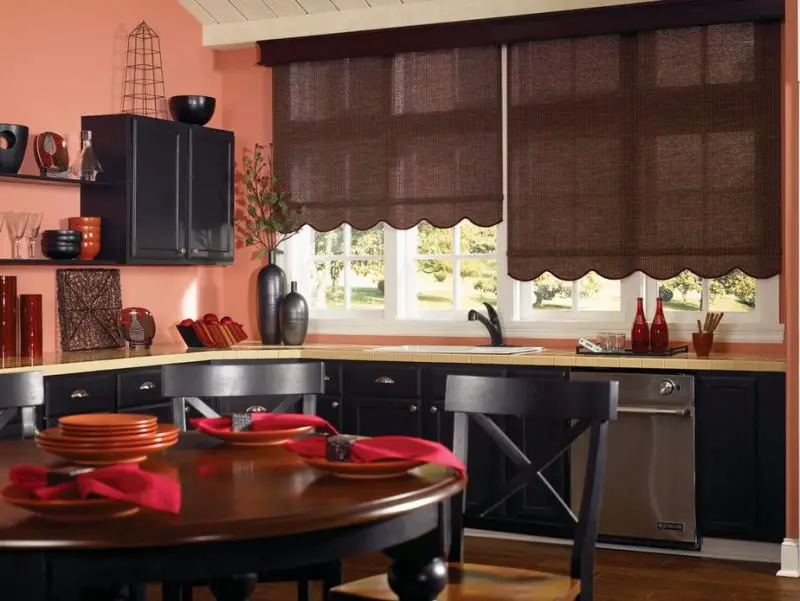
How to take care of Japanese curtains
When used as a room barrier, Japanese curtains look fantastic. It is essential to properly care for canvases to maintain their beauty. Helpful hints:
- Regularly use a vacuum cleaner or a moist cloth to remove dust from the canvases.
- In a typewriter, use the delicate setting to wash cloth models. Remove the laces and knots, and pull out the weights beforehand.
- Curtains made of plastic and bamboo should be cleaned with a soft sponge and soapy water. Models made of rice paper, with a dry cloth.
- Curtains should be hung on the ledge slightly damp. Never wring the fabric panels out.
Japanese curtains for zoning
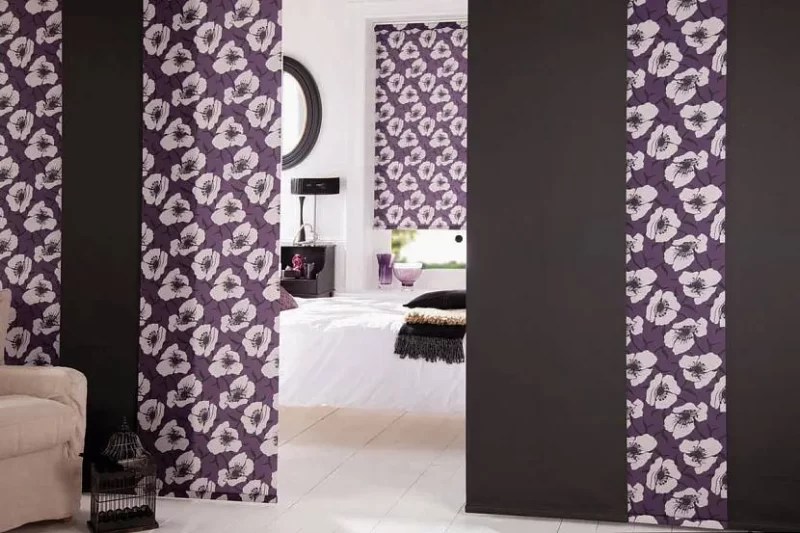
Japanese curtains are utilized in interior design not only for their primary function, which is to cover windows but also to divide up space. It will be practical to divide the eating and technical portions of the kitchen, the working and sleeping quarters in one room, and other rooms with niches and closets for concealment.
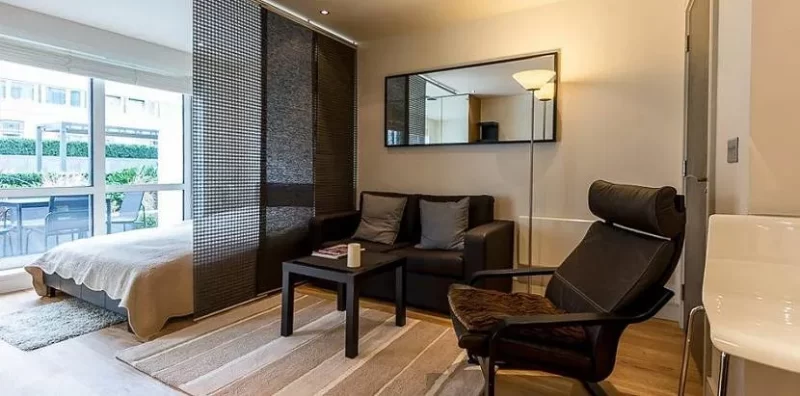
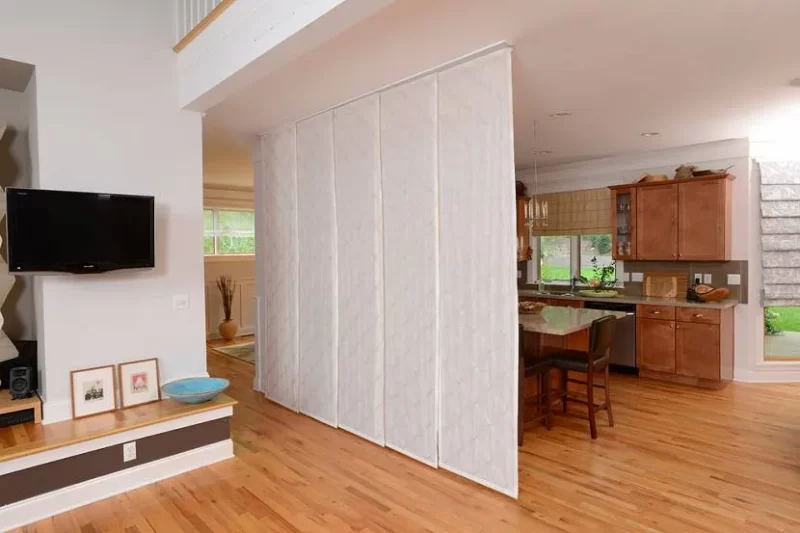
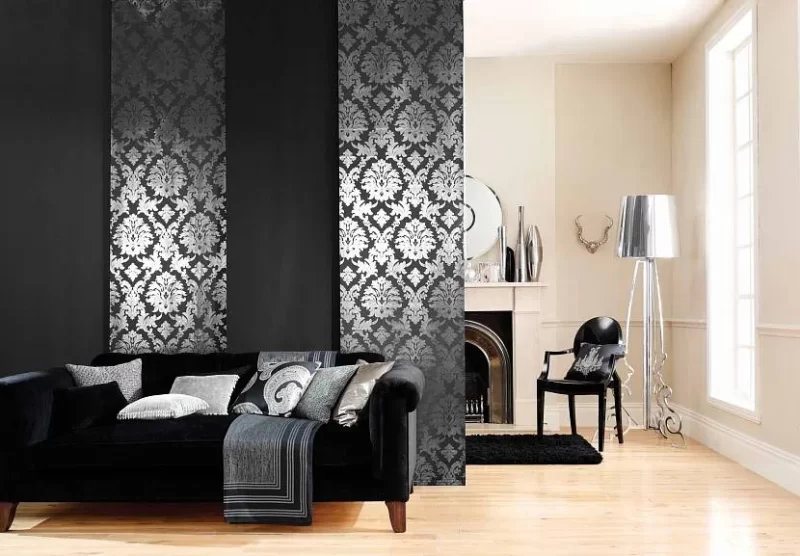
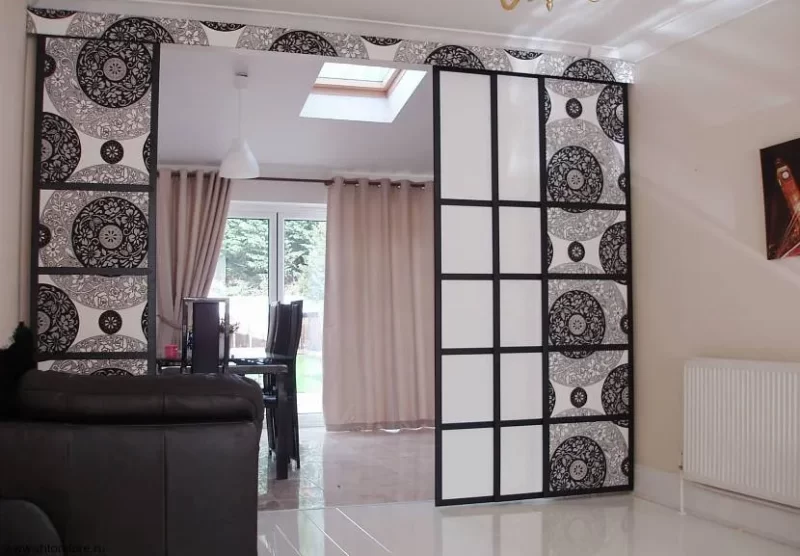
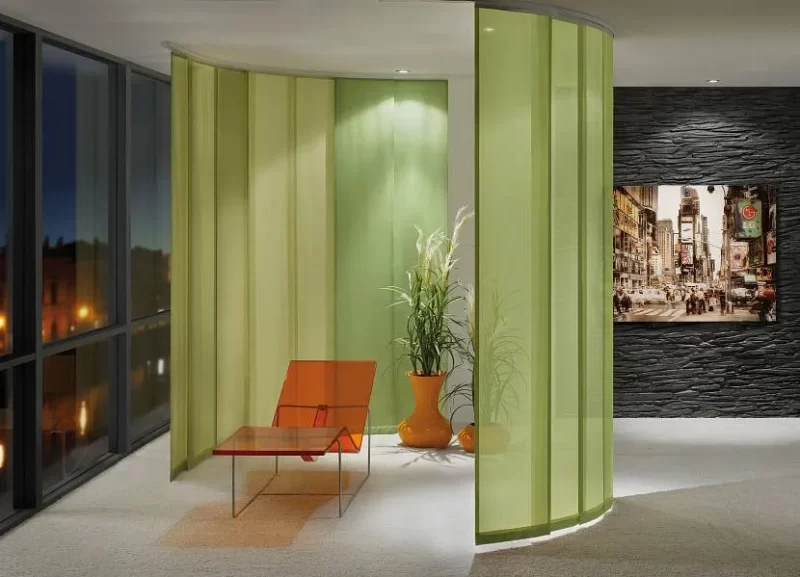
There are several benefits to using Japanese curtains for this purpose, including:
- Complete mobility A partition of this kind can be eliminated in about a minute.
- Simple to install It won’t need extensive, labor-intensive repairs. To secure the cornice, all you need to do is make a few little holes in the ceiling.
- Compactness. Japanese curtains will only occupy a small amount of space, both when expanded and when assembled. Particularly useful in small homes when every centimeter counts.
- Affordability compared to any other available options. If we’re talking about the installation of, say, glass or stone structures rather than merely the installation of a screen, you will save money on both labor and materials.
Options for combining Japanese curtains
Japanese curtains made of various materials can be combined with other window and doorway design alternatives for further functionality or odd and interesting visual solutions.
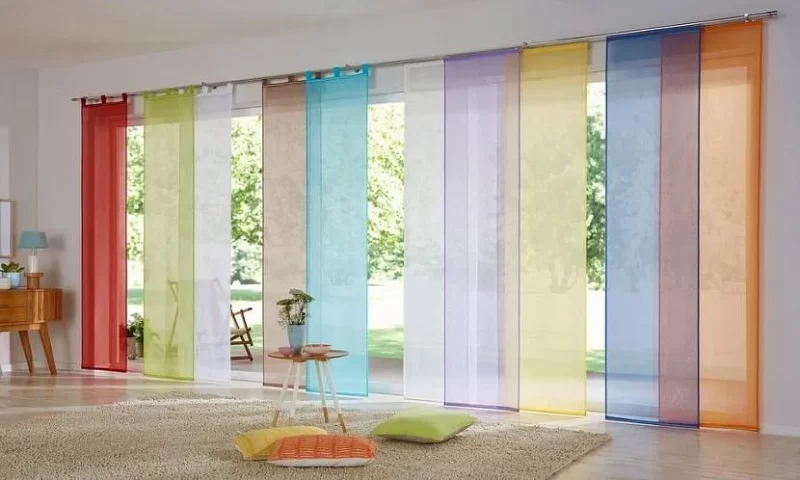
What are Japanese curtains called?
Japanese curtains are often referred to as “Noren” or “Norengai.” Noren is a traditional Japanese fabric divider, typically hung in doorways, windows, or walls. They serve both practical and decorative purposes, often featuring unique designs, symbols, or characters. Noren curtains are used in various settings, including homes, restaurants, and businesses, to add a touch of Japanese aesthetics and cultural flair.
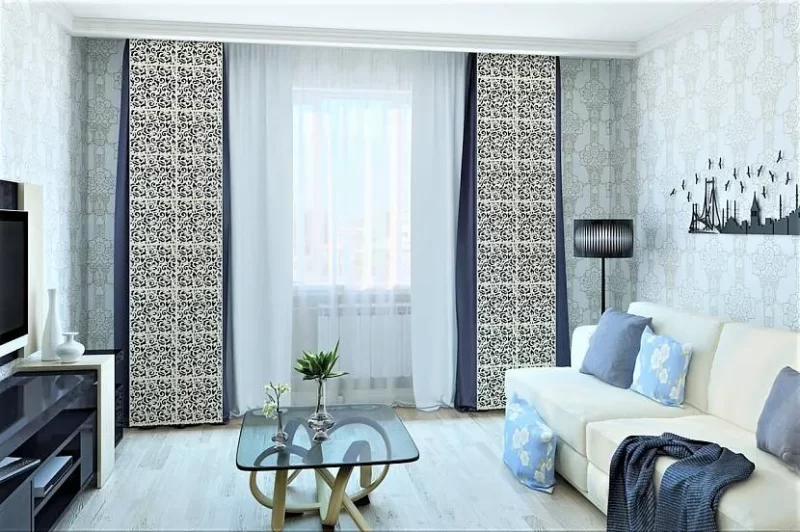
The basic simplicity and restraint of the pairings should always be kept in mind. Therefore, Japanese panels will complement light tulle or plain linen curtains with or without a subtle design. However, elaborate ideas including lace and draperies won’t work.
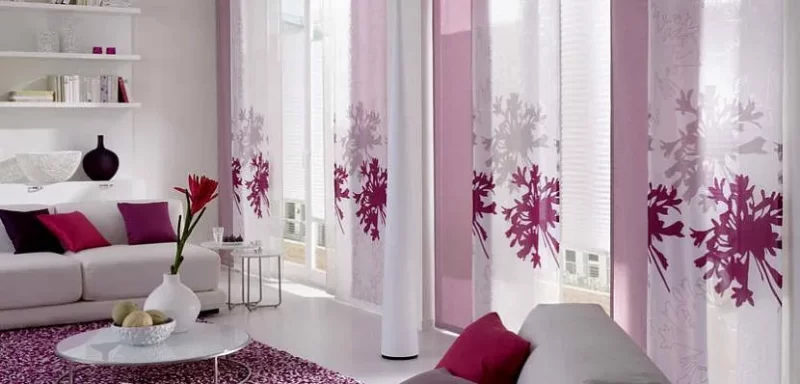
Why do the Japanese hang short curtains in doorways?
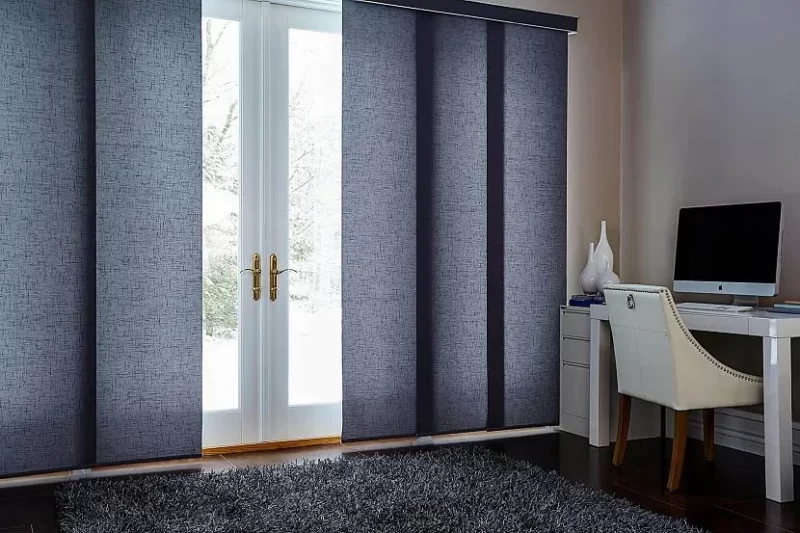
How do you hang Japanese curtains?
Hanging Japanese curtains, or Noren, is a straightforward process. Here’s a basic guide:
- Measure the Space: Measure the width and height of the doorway or window where you intend to hang the Noren to ensure a proper fit.
- Select the Rod or Tension Rod: Choose a rod or tension rod that fits the width of the doorway. Some Noren come with a sleeve for a rod, while others have built-in loops for hanging.
- Install the Rod: If using a regular rod, install it above the doorway. If using a tension rod, simply adjust it to fit snugly within the frame.
- Hang the Noren: If the Noren has a sleeve, slide the rod through it. For those with loops, thread the loops onto the rod.
- Adjust the Height: Ensure the Noren hangs evenly and adjust the height if needed. The bottom of the curtain can touch the floor or be slightly above it, depending on your preference.
- Secure in Place: If the Noren tends to sway, consider using curtain weights or securing the bottom corners to prevent excessive movement.
- Enjoy: Step back and admire your Japanese curtain, adding a touch of cultural charm to the space.
Conclusion
Japanese curtains are a kind of analog of vertical blinds but with much wider panels. They are made of fabric, plastic, and various natural materials, such as bamboo or rice paper, decorated with images and ornaments or left plain. Such curtains are ideal for any simple and concise interiors, but they can also be entered into more complex and luxurious ones if desired. Japanese curtains are used not only for windows or doorways but also for zoning space. This type of curtain combines visual appeal with compactness, durability, and ease of installation, use, and maintenance.

I joined Appartenville in February 2021 as a content editor. After studying English literature at university, I worked as an e-commerce website editor, content author, and purchasing intern for several independent luxury and lifestyle retail companies. My role at Appartenville combines my love, experience, and passion for the world of design and the desire to create inspiring written content. As for my personal style, I am a big fan of color and drawing, especially I like the pastel color scheme. I also enjoy discovering new trends, brands, and products, whether it’s fashion, interior design, or lifestyle my wish list for buying new things is endless.
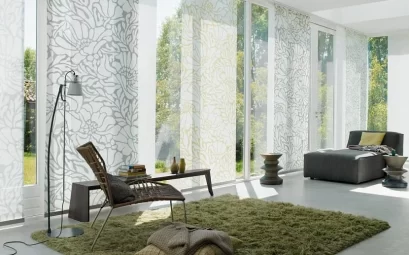
Leave a Reply